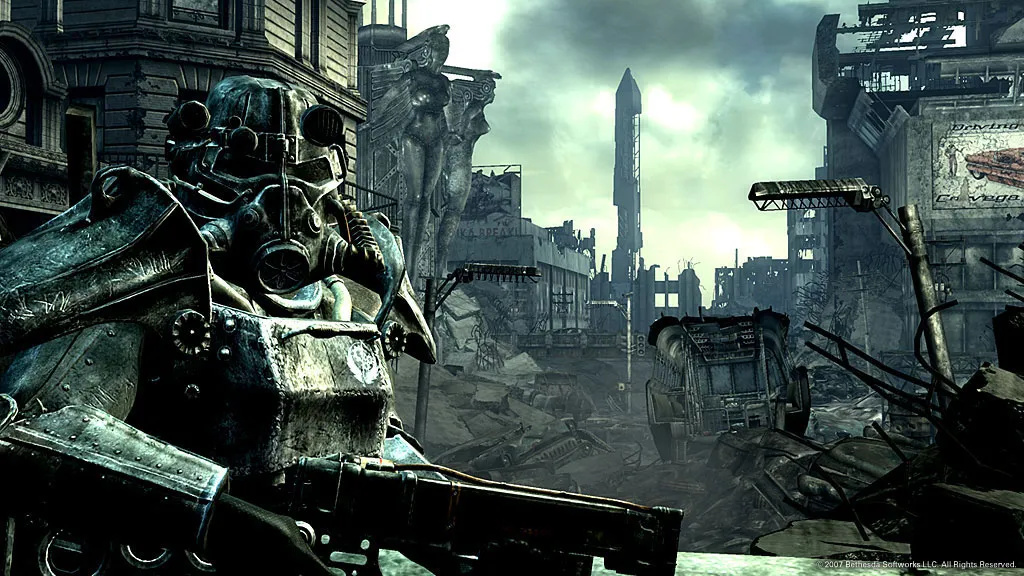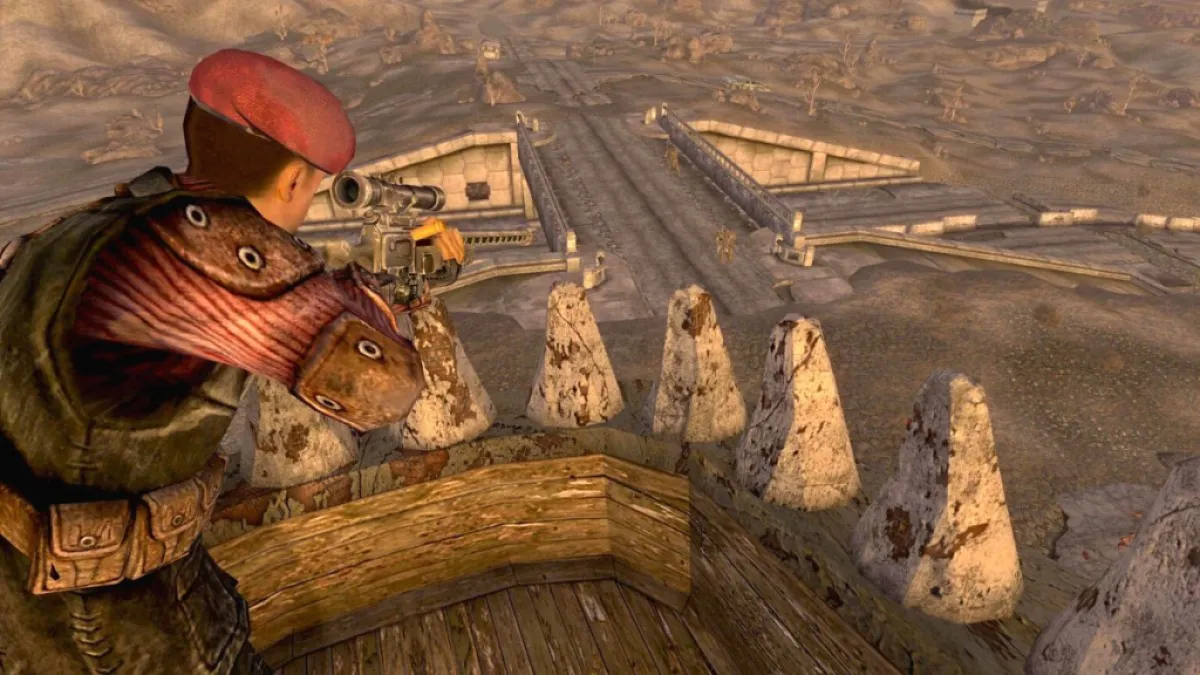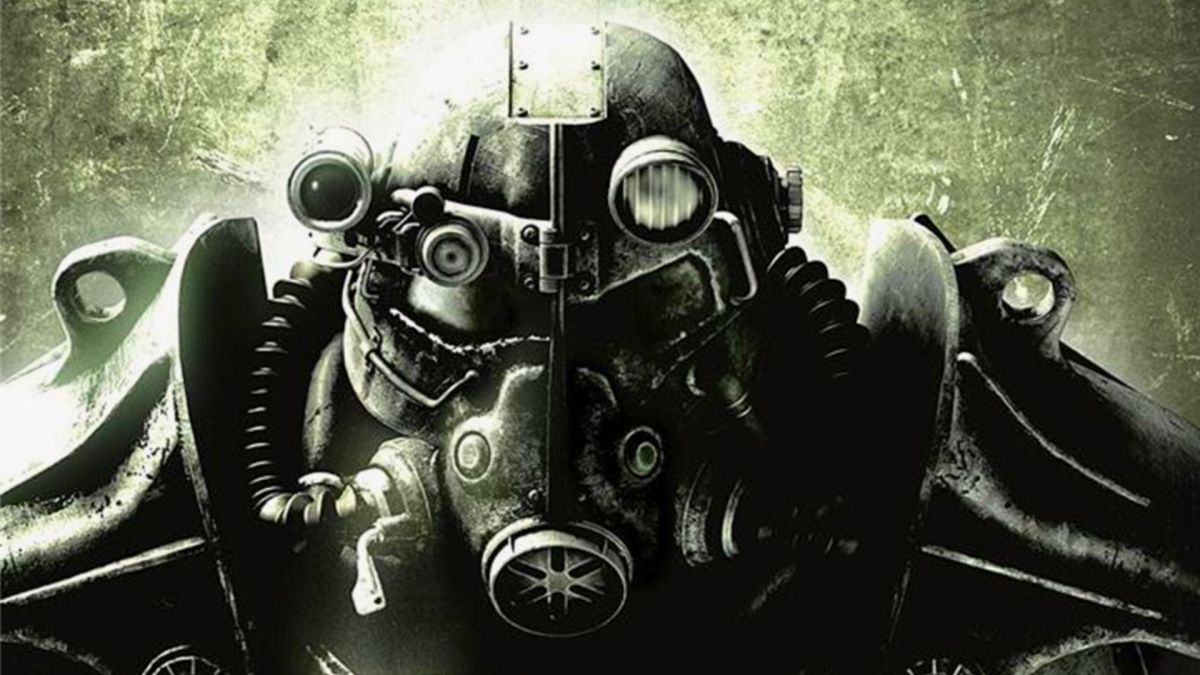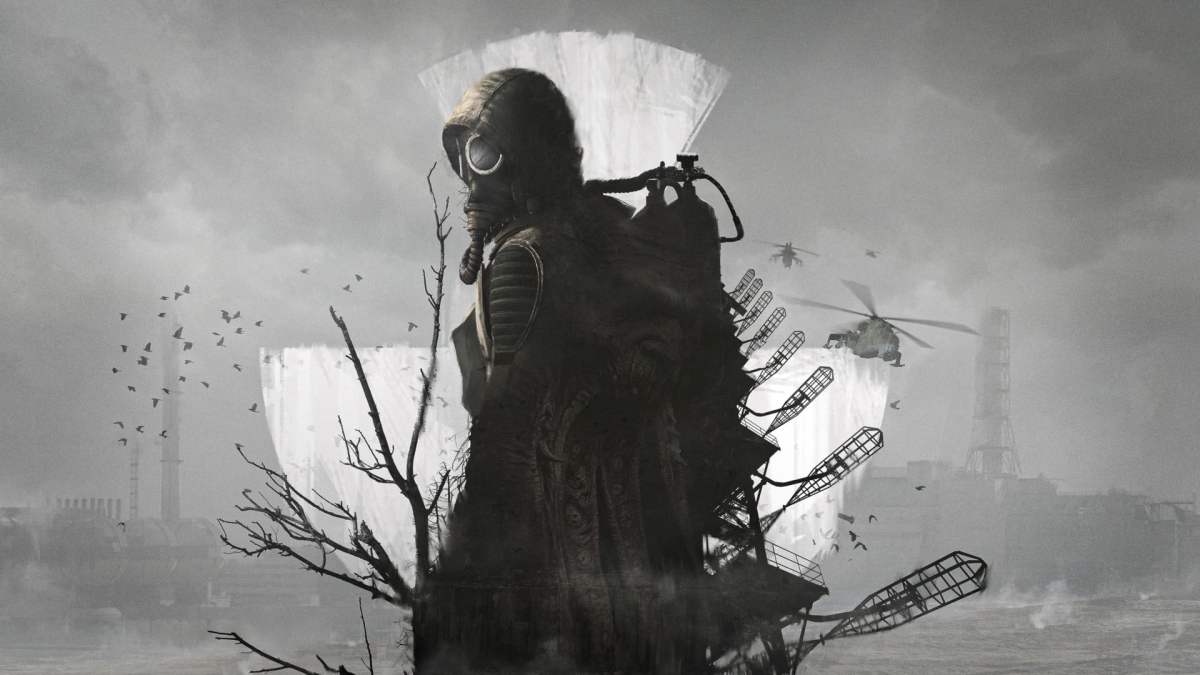As far as post-apocalyptic video games go, few have the staying power of the Fallout series. Launched in 1997, the game series has released several titles exploring the war-torn ruins of the United States. Here are all the Fallout games, ranked from worst to best.
9) Fallout 76

Just as Bethesda Softworks brought The Elder Scrolls franchise online, Fallout similarly received the online multiplayer treatment with 2018’s Fallout 76. A prequel to the preceding games, Fallout 76 takes place 25 years after the nuclear war, with inhabitants of Vault 76 in West Virginia emerging to rebuild civilization. DLC follows the survivors branching out throughout Appalachia, including a visit to the survivors in the ruins of Pittsburgh.
With reports of developer crunch and a disastrous launch, including issues with preorder incentives, Fallout 76 stumbled out of the gate. Though the game boasted a map size four times that of Fallout 4, its lack of NPCs, uneven technical performance, and subpar missions at launch were poorly received. Patches and DLC in the years since the game’s launch have improved the overall experience, but the bad taste Fallout 76 left with its core fanbase remains a sadly enduring impression.
8) Fallout: Brotherhood of Steel

After branching into turn-based tactics, the Fallout franchise took an even bigger divergence from its established formula with 2004’s spinoff title Fallout: Brotherhood of Steel. A top-down action game, Brotherhood of Steel unfolds in a strictly linear fashion as players navigate the wasteland either on their own or in cooperative multiplayer. Players have a choice of six playable characters, each with respective strengths and weaknesses, as they seek revenge on a horde of rampaging Super Mutants.
There is an element of mindless fun to Brotherhood of Steel, but the problem with the game of how wholly repetitive the gameplay is overall. Though the playable roster and rare existence of a multiplayer mode makes the game a unique addition to the franchise, the game itself fails to completely capitalize on these features. Perhaps Brotherhood of Steel’s most egregious mistake, however, is its blatant attempt to be edgy and cool with its dialogue, only to fall flat on its face.
7) Fallout Shelter

Months ahead of the release of Fallout 4, Bethesda released its own spinoff twist on management simulation games with Fallout Shelter in 2015. Released for contemporary consoles and mobile devices, Fallout Shelter placed players in charge of a fallout shelter, tasked with improving and expanding living conditions and ensuring that vital resources like food, water, and power are in constant supply. Players can recruit other survivors in the wasteland to join their community while fending off attacks from raiders and monsters.
If Fallout Shelter feels like a lightweight, free-to-play mobile game, without any core narrative to drive it along to a satisfying conclusion, it’s because that’s exactly what it is. Players looking for more depth and payoff will be disappointed, but what Fallout Shelter does, it does very well and is easy for fans to sink hours of time into as they improve their shelters. Simply put, Fallout Shelter won’t be everyone’s cup of tea, but casual players will find the game accessible and a subtly fun experience.
6) Fallout 4

After Bethesda reinvigorated the Fallout franchise with 2008’s Fallout 3, it followed this up with the eagerly anticipated Fallout 4 in 2015. Set approximately a decade after Fallout 3, Fallout 4 takes place in The Commonwealth, a survivor territory based in Boston and the surrounding parts of New England. The player character emerges from Vault 111 to find their missing child and avenge the murder of their spouse, encountering different rival factions in the ruins of the old world.
Using a different engine than its predecessor, Fallout 4 streamlined many of the RPG elements that the franchise was known for, distancing it even further from its roots. While the game was released two years after the launch of the PlayStation 4 and Xbox One, it lacked the visual punch and performance consistency of many of its contemporaries at launch. Like Fallout 76, Fallout 4’s experience was improved significantly by post-release patches, though never quite reaching the grandeur of its predecessors.
5) Fallout Tactics: Brotherhood of Steel

Of all the Fallout spinoff games, the one that stands out the most from the franchise’s early days is 2001’s Fallout Tactics: Brotherhood of Steel. The game has the Brotherhood of Steel, one of the largest survivor factions in the remnants of the United States, fighting to expand their control in North America. This places them in direct conflict with rival factions, including the barbaric Reavers and a collective of sentient robots roaming the wasteland.
Whereas the first two Fallout games featured turn-based combat on an individual scale, Fallout Tactics takes this turn-based mechanic and expands it to include an entire squad working together. A sort of riff on the X-COM franchise, Fallout Tactics is the first in the series to contain a multiplayer mode. and apart from some occasional performance issues, it holds up over 20 years later. Fans of the usually open-world franchise might bristle at its linear single-player campaign, but coming out after the immense success of Starcraft, this creative decision certainly reflects its era.
4) Fallout 2

Interplay followed up the success of the original Fallout with Fallout 2 the following year, in 1998. Set 80 years after the events of the first game, Fallout 2 has the grandchild of the original protagonist defend a small town on the ravaged West Coast. Taking on the dictatorial Enclave, the player seeks an experimental device that could help the town survive a territory-threatening drought and turn into a thriving community.
Fallout 2 reuses and refines the gameplay engine and mechanics from the first game, offering a bit more range and polish than its predecessor. The big problem is that, likely because of the fast turnaround, Fallout 2 doesn’t really add all that much new to the experience and contains some annoying performance issues of its own. At times feeling more like a glorified expansion than a full sequel, Fallout 2 is good, but it could’ve used more time to expand into something truly special.
3) Fallout

The game that started it all, 1997’s Fallout, follows a nameless wanderer who emerges from Vault 13 in Southern California to fix his community’s water supply. Exploring the surrounding area, the player can recruit a companion as they encounter settlements on the surface world, complete with their own allies and enemies. Players can customize their character with an intuitive and expansive skill tree, adding new features, known as perks, to their character as they progress through the game.
Over 25 years later, it’s remarkable to see how much foundation, both in terms of gameplay mechanics and lore, the original Fallout establishes. Truly one of the more unique and enjoyable PC games of its era, Fallout successfully translated timeless RPG elements into an immersive, post-apocalyptic setting. A bit dated by modern standards, particularly with its combat system, Fallout set the stage for greater things to come and a ton of material to draw from.
2) Fallout 3

The Fallout franchise found itself facing an uncertain future after its original developer, Black Isle Studios, was shut down in 2004. Bethesda Softworks acquired the license shortly thereafter, with the first game they developed and published in the series being 2008’s Fallout 3. Set in the ruins of the Washington, D.C. metropolitan area, a wanderer leaves the comforts of his vault to find his long-lost father in the wasteland.
While Fallout purists bristled at the idea of the franchise hewing closer to first-person action RPGs like The Elder Scrolls IV: Oblivion, the translation to this new engine mapped relatively cleanly. Fallout 3 is an effective rebirth of the series, retaining many elements from the games that came before it but more closely aligning with modern sensibilities. Though the overly ambitious project does have some technical issues, Fallout 3 sets the standard against which all subsequent Fallout games have been judged.
1) Fallout: New Vegas

Using the gameplay engine from Fallout 3 that revolutionized the franchise, developer Obsidian Entertainment released the spinoff Fallout: New Vegas in 2010. After being ambushed while transporting a package through the Mojave Desert, the player character is revived and sets out for revenge. This vendetta takes the player through the game’s various warring factions around the rebuilt Las Vegas to establish supremacy throughout the desert region.
Fallout: New Vegas takes everything that made Fallout 3 such an accessible and enjoyable rebirth of the franchise and turns it into a sprawling epic. From its memorable supporting cast to its Las Vegas setting blending seamlessly with the franchise’s retro ‘50s aesthetic, New Vegas is a crowning achievement for the series. In the years since its launch, fan reaction to New Vegas has only grown more glowing, recognizing how much it improved upon the Fallout 3 engine to create the ultimate Fallout experience and set a bar that has yet to be reached again.
Fallout Games by Order of Release Date

With four main entries and a number of spinoffs released over 21 years, there are plenty of Fallout games for fans to check out, with the spinoffs offering a variety in gameplay styles and experiences. Here are all nine Fallout games in order of their original release:
1. Fallout (1997)
2. Fallout 2 (1998)
3. Fallout Tactics: Brotherhood of Steel (2001)
4. Fallout: Brotherhood of Steel (2004)
5. Fallout 3 (2008)
6. Fallout: New Vegas (2010)
7. Fallout Shelter (2015)
8. Fallout 4 (2015)
9. Fallout 76 (2018)
And those are all the Fallout games, ranked from best to worst.
All the Fallout games are available now.
The above article was updated on 5/15/2024 by the original author to add additional entries.






Published: May 15, 2024 07:44 am